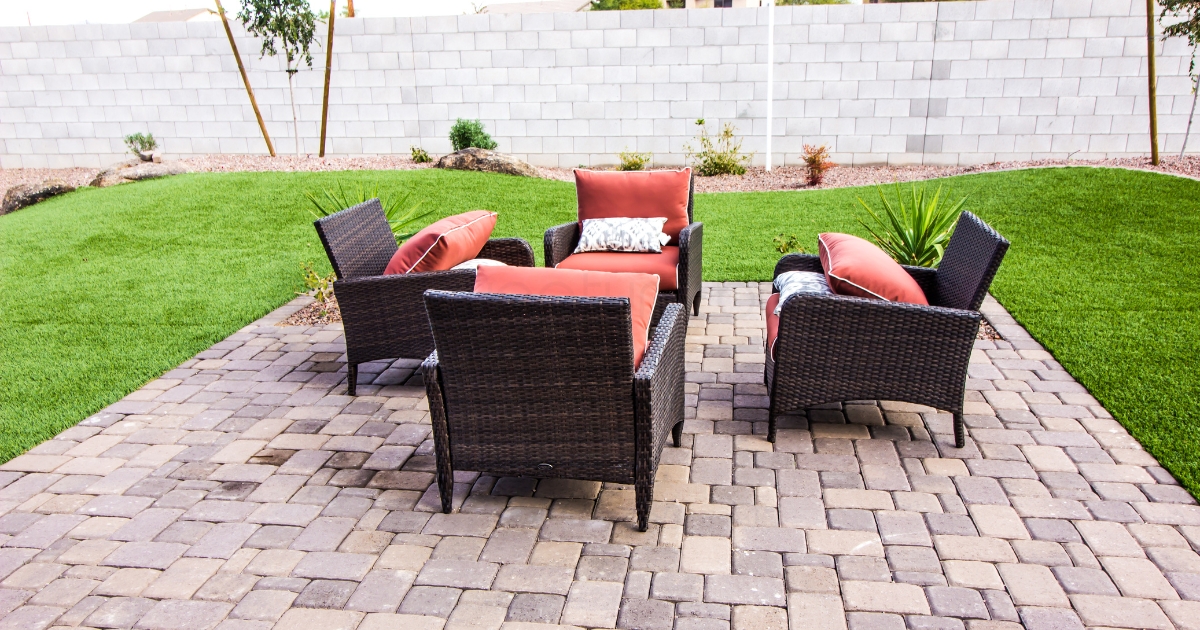Uncategorized
Is Reclaimed Wood Furniture a Good Idea for Dubai’s Humidity?
Dubai’s Climate: Humidity + Heat Reality
- Dubai has high humidity especially in summer months (on the coast) often above 60-70% RH (relative humidity). There are also large daily and seasonal shifts.
- Indoor spaces with air conditioning may go the other way very dry when AC is strong, or damp if ventilation is poor.
- Heat + moisture + sunlight = potential risk for wood (warping, swelling, cracking, joint issues, etc.).
- Also mold, mildew, insect risk increases with moisture.
Reclaimed Wood: Pros & Cons in Humid Conditions
Pros
- Already Seasoned / Aged
Reclaimed wood often comes from old structures, meaning it has already gone through cycles of moisture, shrinkage, expansion. This typically means fewer large surprises (if it was properly dried and stored) compared to “green” or fresh wood. - Character + Stability
Reclaimed wood has character (knots, grain, patina). When well selected, species that originally withstood outdoor moisture or fluctuating exposure tend to perform better. - Sustainability
Ecological and design appeal: reusing wood is more sustainable, which many buyers appreciate. - Density / Hardness
Some reclaimed woods are dense hardwoods (teak, oak, etc.), which are more resistant to moisture absorption and dimensional changes if properly treated.
Cons / Risks
- Moisture Content & Acclimatisation
Even reclaimed wood must be properly dried (kiln-dried or properly air dried) to the appropriate moisture content before use. If not, dramatic temperature/humidity swings will cause warping, splitting, or joints to loosen. - Species Matters
Some kinds of wood are more hygroscopic (absorb moisture more readily), or less resistant to rot, fungi, pests. If the reclaimed wood is from a less durable species, risk is higher in humid environments. - Finish & Construction Quality
How the furniture is constructed (joinery, adhesives, design that allows for wood movement) and what protective finishes are used will strongly influence how well it holds up. - Maintenance Required
Regular care (sealing, monitoring, maintaining indoor humidity, etc.) is more important in humid places. If maintenance is neglected, reclaimed wood can deteriorate faster.
What the Research / Expert Advice Says
- Wood expands when the humidity is high; shrinks when it is low. Rapid or frequent changes in humidity worsen the problem.
- Ideal indoor humidity for wooden furniture is often suggested to be between 45-55% RH. Above ~60% or fluctuating above and below can lead to swelling, warping, loosening joints, mildew etc.
- Use of protective finishes (varnish, sealers, oils) helps reduce moisture absorption.
- Keeping furniture away from damp walls, windows, avoiding sitting water or ambient dampness improves lifespan.
Is Reclaimed Wood Furniture a Good Idea for Dubai?
Yes, but only with the right conditions and care. Reclaimed wood can be beautiful, durable, and sustainable choice in Dubai, provided you mitigate the risks and make smart choices. Without care, you may find more issues than benefits in a high-humidity, high-heat environment.
Recommendations: How to Make Reclaimed Wood Furniture Work Well in Dubai
If you choose reclaimed wood furniture, here are the best practices to ensure it performs well:
- Choose the Right Species & Quality
- Use naturally moisture-resistant species (teak, mahogany, oak, certain tropical hardwoods).
- Ensure wood is free from decay, insect damage and rot.
- Proper Drying / Seasoning
- Use kiln-dried reclaimed wood or wood that has been properly air-dried and acclimated to indoor conditions.
- Before placing it in your home, allow the piece to rest indoors for some time so that the moisture content matches your indoor environment.
- Allow for Wood Movement
- Design joints and constructions that allow for expansion/contraction (avoid rigid joints that cannot move).
- Avoid large unsupported spans, use proper reinforcements.
- Strong Protective Finishes
- Use moisture-sealing finishes: varnish, lacquer, polyurethane, outdoor grade oils.
- Seal all surfaces including undersides and back (not just visible surfaces).
- Maintain Stable Indoor Environment
- Use air conditioning / dehumidifiers to control indoor humidity, especially in wet or humid months. Aim to keep RH in recommended range (~45-55%).
- Ensure good ventilation allow air flow around furniture, avoid placing pieces flush against damp walls.
- Avoid Direct Sunlight & Heat Stress
- Intense sun through windows damages wood (fading, uneven drying). Use curtains, blinds, UV protective films.
- Keep away from heat sources or abrupt temperature changes.
- Regular Maintenance
- Clean with dry or lightly damp cloths; avoid soaking.
- Inspect for mold, mildew, insect activity regularly.
- Reapply finish / reseal surfaces if protective coating degrades (especially outdoors/balconies or high exposure areas).
Decision Summary
If I were advising Quantum Bazaar customers:
- For interior furniture (living rooms, bedrooms), yes, reclaimed wood is viable and attractive. Just ensure proper finish, drying, and environment control.
- For high-humidity or outdoors / semi-outdoor spaces (balconies, terraces), reclaimed wood must be specifically treated and possibly combined with engineered or treated wood components to handle weather exposure.
If budget allows, opt for higher quality woodworking and finishes the cost is justified by greater longevity and fewer repairs.


